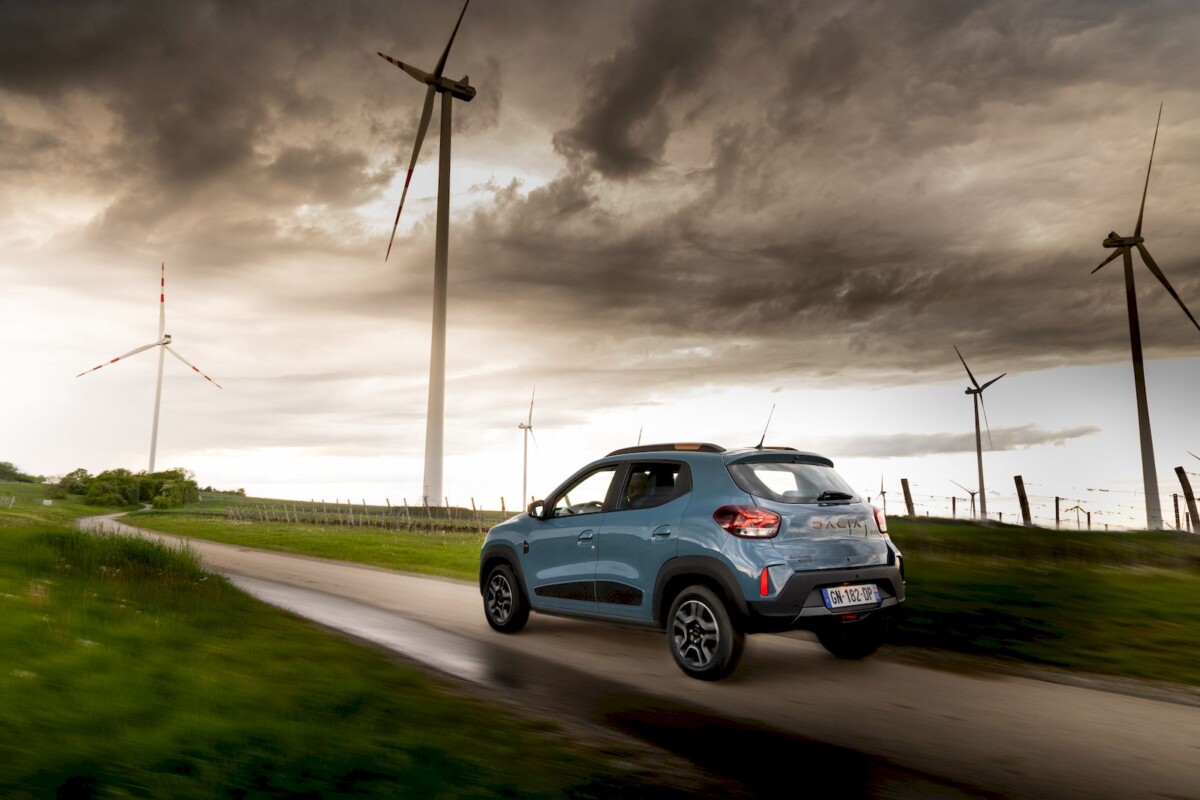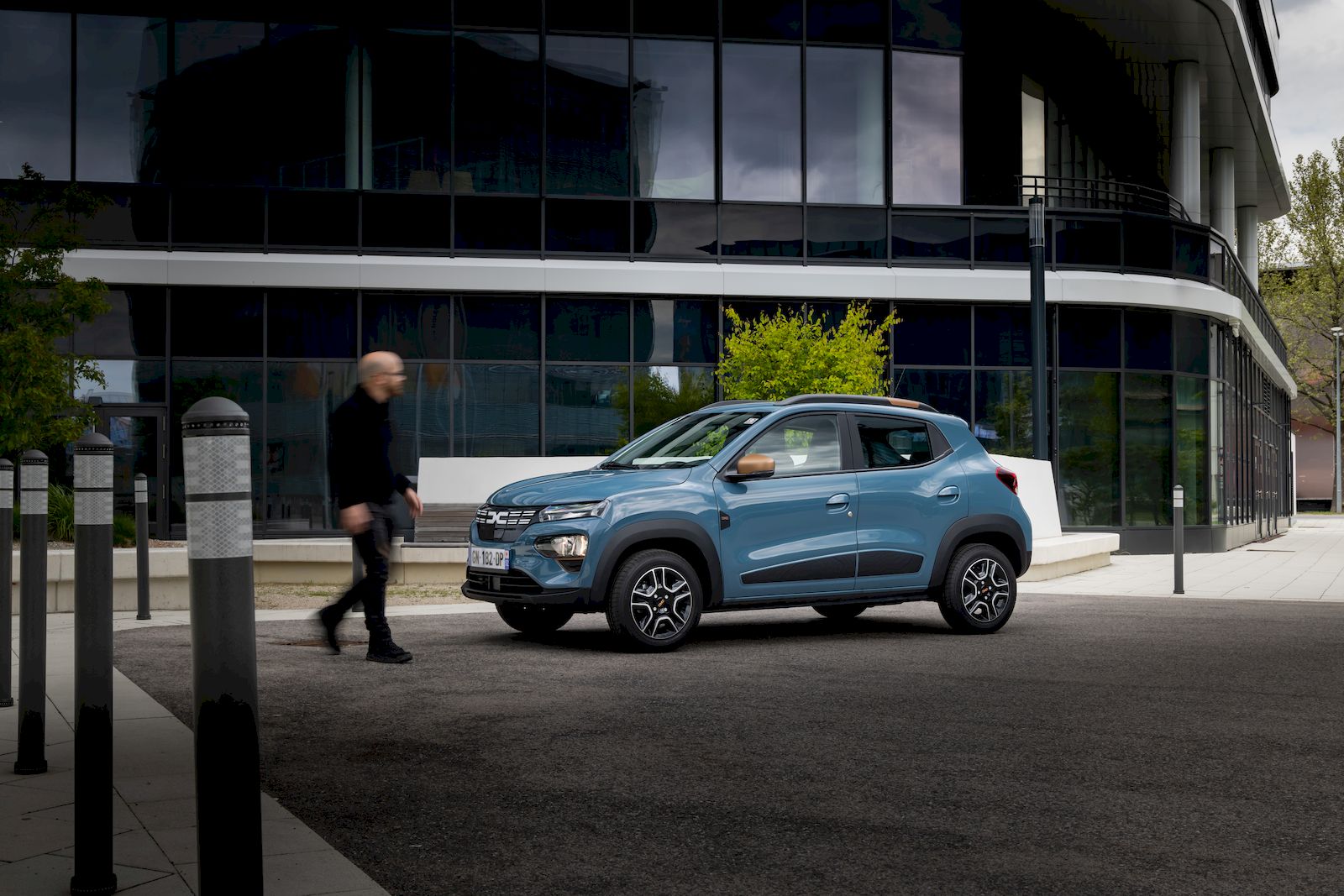230 km of autonomy for the Dacia Spring, is it already too much? The boss of the brand himself is not far from thinking so and we explain to you why he is right.
230 km of range in the WLTP combined cycle, or 220 km with the new 65 hp engine: the Dacia Spring cannot be said to be the champion of range. And yet, that does not prevent him from meeting a great commercial success. This phenomenon shows that autonomy is not the only factor taken into consideration at the time of purchase. With the Spring, we have demonstrated that the question of price is at least as fundamental for many motorists. And besides, to be even more competitive on this point, shouldn’t the Franco-Romanian manufacturer have put an even smaller battery in its city car, even if it means sacrificing a little more autonomy?
A Dacia Spring with half a battery, is that good enough?
This perspective may seem absurd at first sight. And yet, it comes directly from a statement by Denis Le Vot, the boss of Dacia. “If we were to redo the Spring, I would cut the battery size in half”the official said recently in an interview with British journalists fromCoach. No need to be an ace in mathematics to do the calculation: with this scenario, the autonomy of the Spring would fall to around 115 km, a value more or less comparable to what had been measured for the Citroën C-Zero.
It is difficult to hide the somewhat provocative dimension of Denis Le Vot’s words, but his reasoning is far from absurd. According to a recent study by Enedis, owners of electric cars drive an average of 42 km per day. This figure would even fall to about fifteen kilometers for customers of the Spring, according to what Dacia has been able to observe. On average, in France, each driver travels 26 km per day with his car. And he only makes trips of more than 80 km 6 times a year.
In view of these data, we can actually judge that a Spring with reduced autonomy would make sense. The savings in terms of costs would indeed be significant and would allow Dacia to lower the price of its city car considerably. Remember that Renault recently announced that the battery of the electric Mégane E-Tech accounted for 40% of the total price of the car. The manufacturer could also take advantage of the savings made to relocate production to Europe, a point which will become fundamental with the evolution of the ecological bonus.

To compensate for a reduced battery life, some believe that more importance should be given to charging speed. But Dacia does not seem particularly inclined to make efforts in this area. The same Denis Le Vot has indeed announced that the future electric Sandero will charge less quickly than its rivals. A choice dictated by the desire to maintain competitive prices, using rather basic technologies.
After all, this is not meaningless: the majority of users of a Dacia Spring use it for short daily trips, and recharge it in the evening at home, or at their place of work during the day. No need for a quick recharge in these conditions, since the “full” is done in just a few hours.
Soon the era of sobriety in the automobile?
This approach would also have ecological advantages, as the need for raw materials would be reduced. Enough to make the electric car a little cleaner. It would also be part of a more sober approach to the electric car, which one day may end up weighing a little more in the debates. The reflections around this subject are in any case more and more numerous, and they are not limited to the question of the size of the battery. Citroën also created the Oli concept precisely with the aim of showing that another path was possible…

The future Citroën ë-C3 at less than 25,000 euros should aim for a range of around 300 km. Ford, for its part, has found the solution to reduce the size of the batteries, without reducing the autonomy of electric cars, by betting on weight reduction and aerodynamics. Many experts also argue for smaller batteries.
To follow us, we invite you to download our Android and iOS application. You can read our articles, files, and watch our latest YouTube videos.
